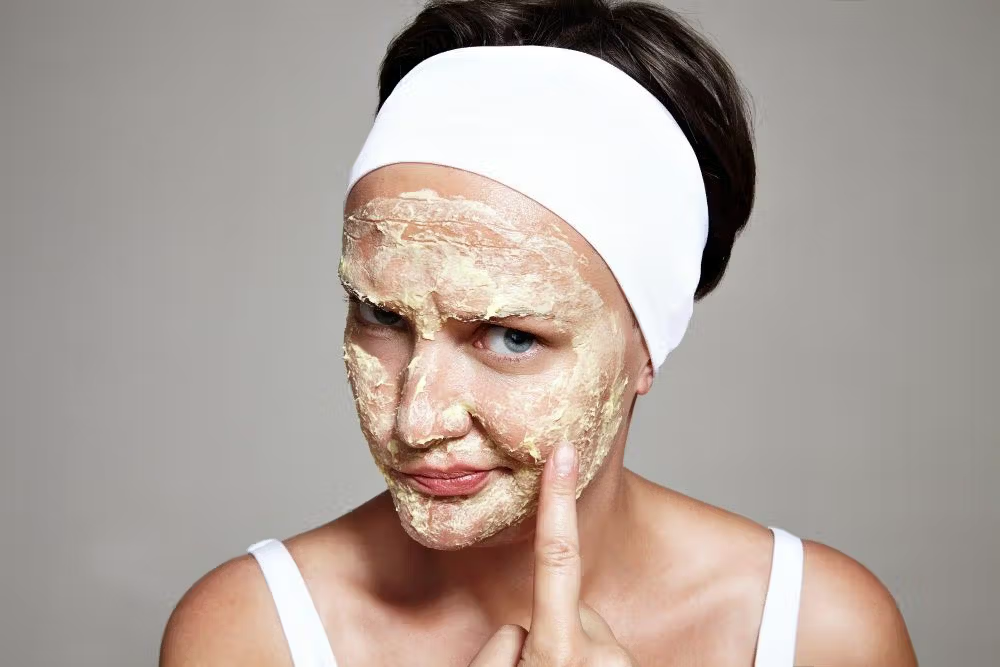Introduction
In an era where information is just a click away, the challenge is no longer access but accuracy. Women’s health, in particular, is a realm fraught with myths and misinformation. From the misunderstood hymen to myths about vaginal care, the plethora of unverified claims can be overwhelming. This comprehensive blog post aims to debunk common myths surrounding women’s health and offer evidence-based insights that empower women to make informed decisions about their bodies.

1. The Hymen: Breaking the Myths
The hymen has long been a symbol of virginity, but this is a misconception. The hymen is a thin membrane that partially covers the vaginal opening. Its presence or condition is not a reliable indicator of sexual activity. Activities such as sports, tampon use, or even everyday physical activities can alter the hymen. It’s crucial to understand that virginity is not a physical state but a social construct.
Key Points:
- – The hymen varies greatly among individuals.
- – It can stretch or tear without sexual intercourse.
- – Virginity is a cultural concept, not a medical one.
2. Vaginal Health: Self-Cleaning and Self-Sustaining
The vagina is often misunderstood, leading to the unnecessary use of products marketed for “feminine hygiene.” In reality, the vagina is a self-cleaning organ that maintains its own pH balance and bacterial ecosystem. Introducing products like douches or scented washes can disrupt this natural balance, leading to infections such as bacterial vaginosis or yeast infections.
Key Points:
- – Avoid scented products and douches.
- – The vagina naturally maintains a healthy environment.
- – Use gentle, unscented cleansers for the vulva only.
3. Pubic Hair: Understanding Its Purpose
The decision to remove pubic hair is a personal one, yet many myths surround its necessity. Pubic hair serves protective functions, such as reducing friction during physical activity and maintaining optimal skin conditions. While cultural and aesthetic preferences vary, it’s important to be aware of the potential risks of hair removal, including irritation and infections.
Key Points:
- – Pubic hair has protective functions.
- – Hair removal is a personal choice with potential risks.
- – There is no medical requirement to remove pubic hair.
4. Menstrual Myths: From Symptoms to Solutions
Menstruation is a natural biological process, yet it is surrounded by myths and misinformation. For example, some believe that menstruation is a way for the body to release toxins, which is not true. Menstrual blood is composed of the uterine lining, blood, and cervical mucus. Additionally, symptoms like menstrual cramps and diarrhea are common and caused by prostaglandins.
Key Points:
- – Menstruation is not a detox process.
- – Symptoms like cramps and diarrhea are common.
- – Understanding your cycle can help manage symptoms.
5. Menopause: Navigating the Transition
Menopause marks the end of a woman’s reproductive years and brings about various physiological changes due to fluctuating hormone levels. This transition can lead to symptoms such as hot flashes, mood swings, and sleep disturbances. It’s important to debunk myths that menopause signals the end of vitality or sexuality. Many women find ways to manage symptoms and maintain a fulfilling life.
Key Points:
- – Menopause is a natural transition, not a decline.
- – Symptoms vary widely among women.
- – Hormone replacement therapy and lifestyle changes can help.
6. The Influence of Social Media on Women’s Health
Social media platforms have become a double-edged sword in the realm of health information. While they provide a space for sharing experiences and gaining insights, they also perpetuate myths and misinformation. Influencers without medical backgrounds often spread unfounded claims about health products and practices. It’s crucial to critically evaluate the sources of information and rely on evidence-based guidance.
Key Points:
- – Verify information from reputable sources.
- – Be cautious of health advice from non-experts.
- – Use social media for support, not as a sole source of information.
7. Alternative Medicine: Proceed with Caution
Alternative medicine offers various treatments and practices outside conventional medical science. While some individuals find comfort and relief in these practices, it’s important to ensure that any treatment is evidence-based. Women deserve therapies that are backed by science, and skepticism is warranted when a treatment lacks rigorous testing and approval.
Key Points:
- – Evaluate alternative treatments critically.
- – Demand evidence-based therapies.
- – Consult healthcare providers before trying new treatments.
8. The Importance of Sexual Health Education
Sexual health is an integral part of overall well-being, yet it is often neglected in education. Understanding one’s body, sexual rights, and the importance of consent is crucial for empowerment and safety. Comprehensive sexual education can dispel myths and equip individuals with the knowledge needed to make informed decisions.
Key Points:
- – Sexual education is vital for empowerment.
- – Consent and rights are fundamental.
- – Knowledge reduces stigma and misinformation.
Conclusion
Empowerment through knowledge is the key to navigating the complex world of women’s health. By debunking myths and relying on evidence-based information, women can make informed decisions about their bodies. Remember, your body is not a problem to be fixed but a marvel of biological engineering to be understood and respected.
If you found this information helpful, share it with friends and family. Educate yourself and others, and don’t hesitate to seek professional medical advice when in doubt. Together, we can create a community that thrives on truth and well-being.






